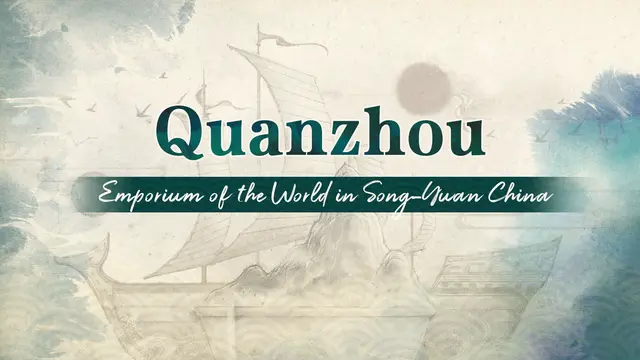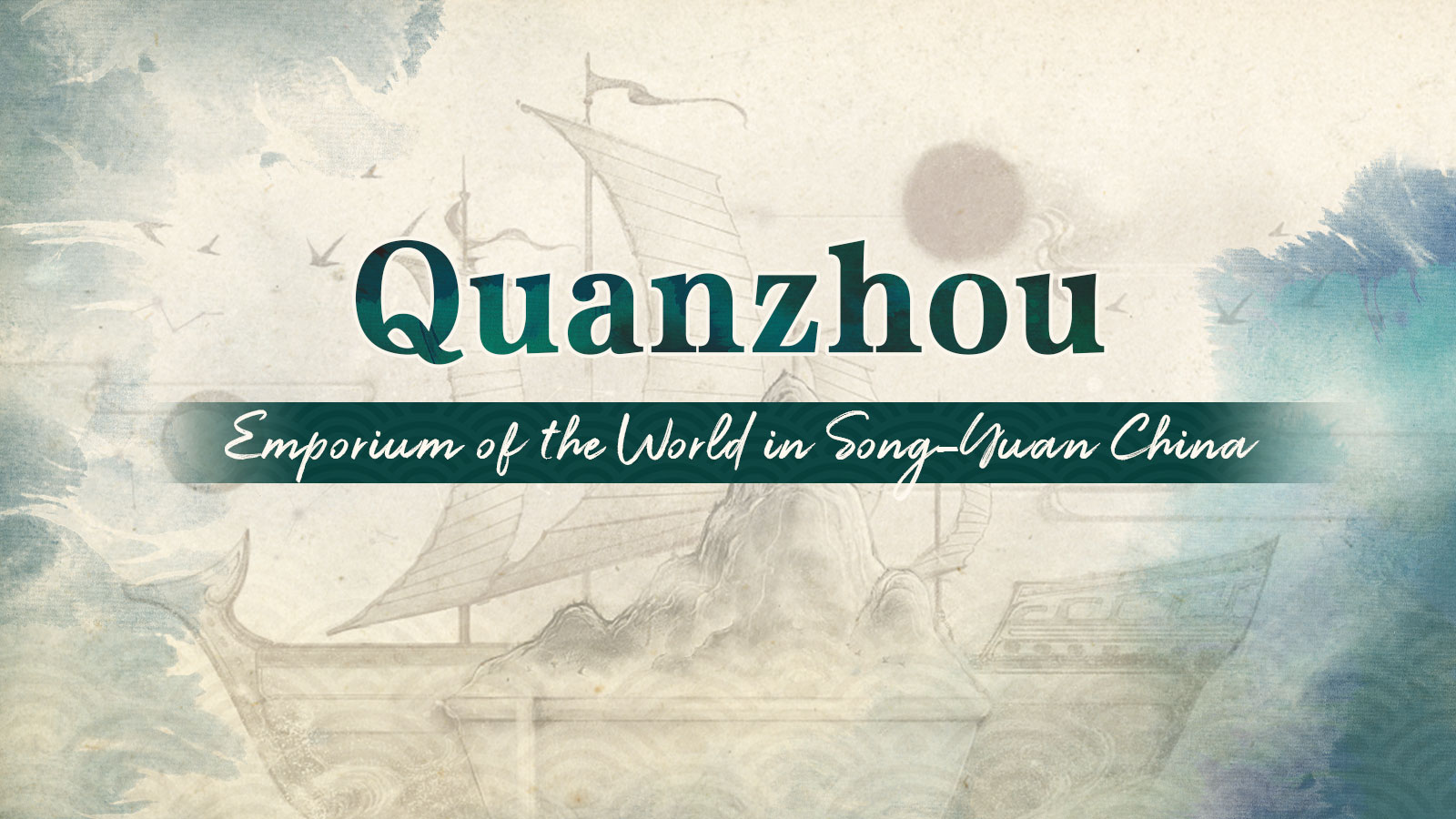
China's ancient port of Quanzhou is anxiously waiting to get the World Heritage status. The proposal, "Quanzhou: Emporium of the World in Song–Yuan China," to get the coveted tag will be evaluated by the World Heritage Committee during its 44th session held in southeast China's Fuzhou and online.
Quanzhou, located on the southeast coast of China, was one of the world's largest and busiest ports during the Song (960-1279) and Yuan (1271-1368) dynasties and is believed to be the starting point of the ancient Maritime Silk Road routes and a vital exchange hub for different civilizations and religions.
The ancient city, also known as Zayton overseas, now is home to more than eight million inhabitants, as well as a significant number of cultural relics and religious sites, such as Qingjing Mosque, one of the oldest mosques in the country, and the Twin Stone Pagodas at Kaiyuan Temple, which are the highest pair among China's stone pagodas.
It is the second time Quanzhou has applied for inclusion on the World Heritage List. The previous proposal for "Historic Monuments and Sites of Ancient Quanzhou (Zayton)," which includes 16 component sites, was "deferred" by the Committee at the 42nd session in 2018.
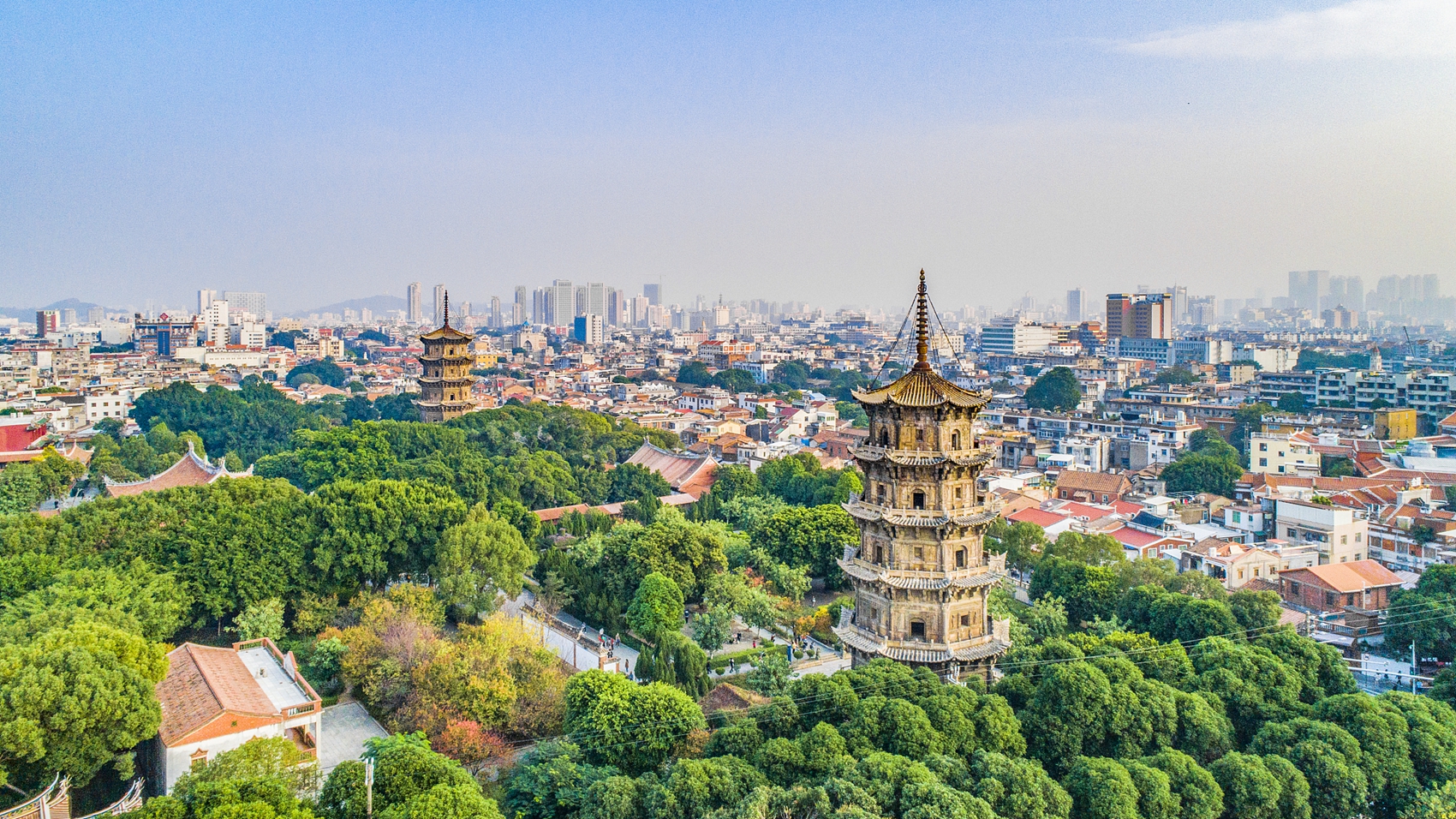
Aerial view of Quanzhou, southeast China's Fujian Province. /CFP
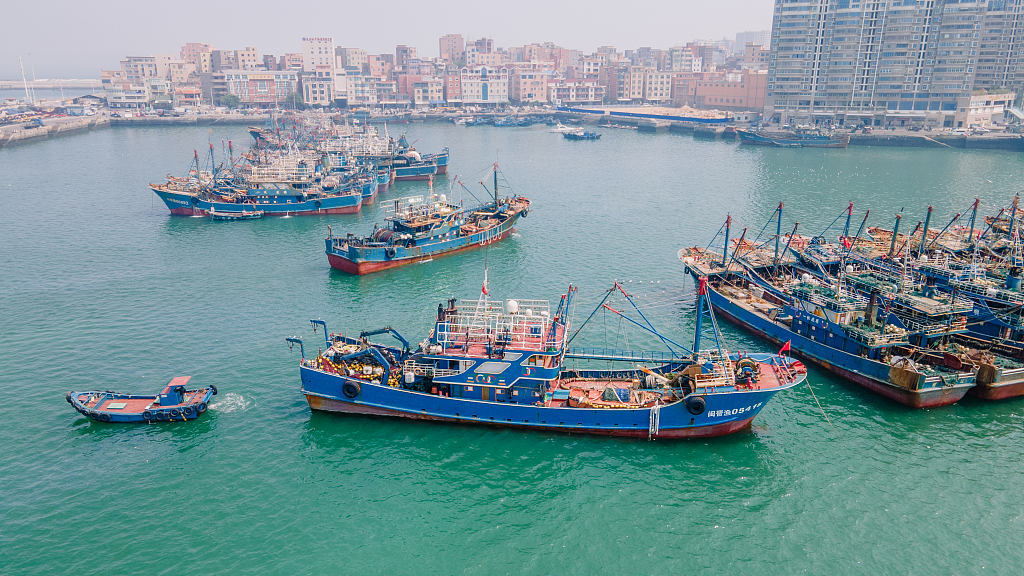
Ships stop at a harbor in Quanzhou, southeast China's Fujian Province. /CFP
With six components added to the series, the revised nomination features a total of 22 monuments and sites across the city, including temples, statues, port ruins, ancient bridges and kilns, depicting a more comprehensive, multi-perspective heritage map on the historical and cultural landscapes of Quanzhou.
According to the International Council on Monuments and Sites (ICOMOS) report released in 2020, the revised nomination "sets out the factors that made Quanzhou excel as a maritime emporium in the Song-Yuan period, a highly significant period for maritime trade in Asia."
The nominated component sites are linked to six key factors that the ICOMOS, the advisory body to the Committee, has identified as "crucial for the flourishing of Quanzhou as a successful port: institutional guarantee, multi-cultural communities, production sites, transportation network, as well as structure of the city and overall layout."
Institutional guarantee
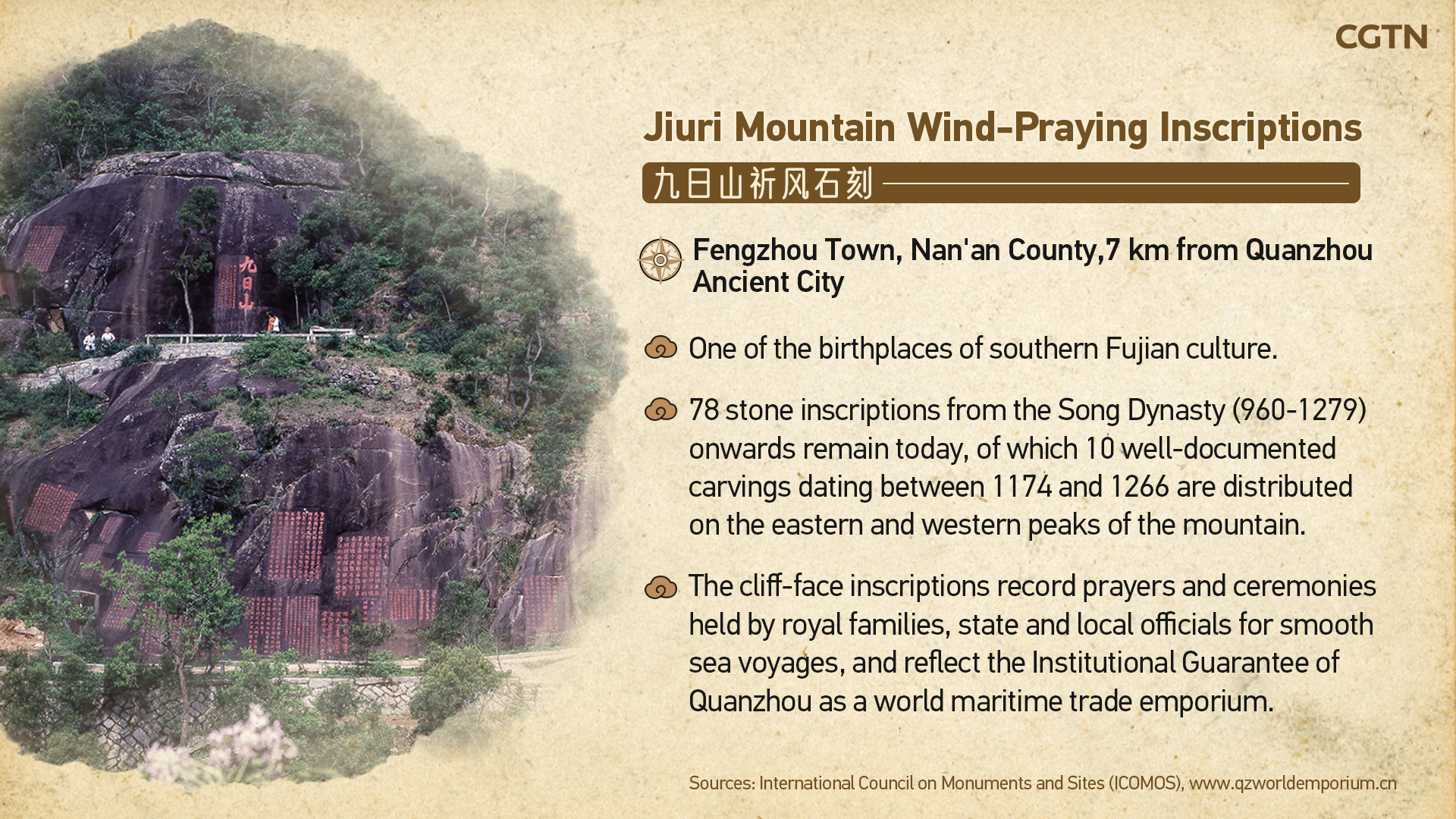
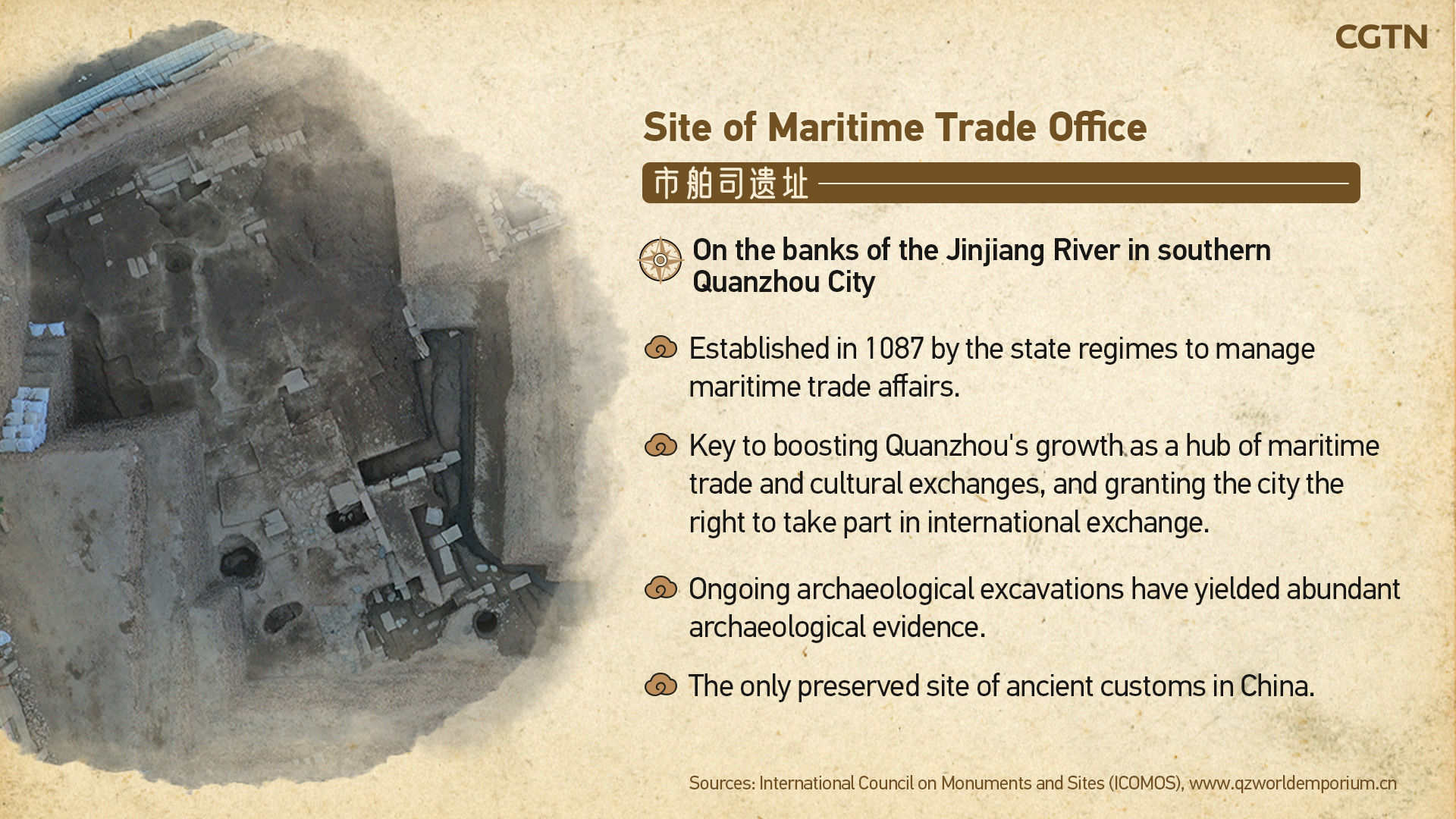
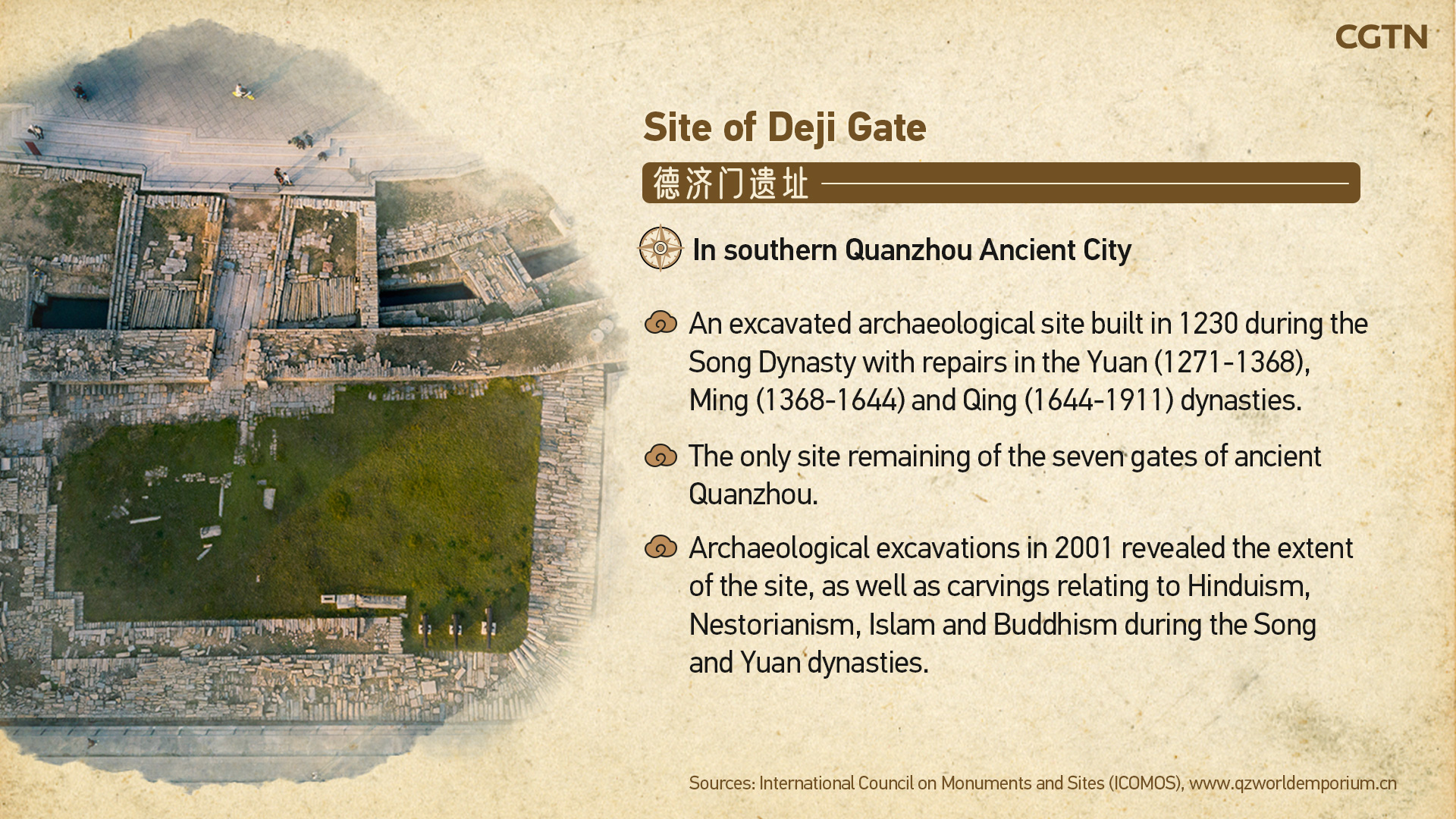
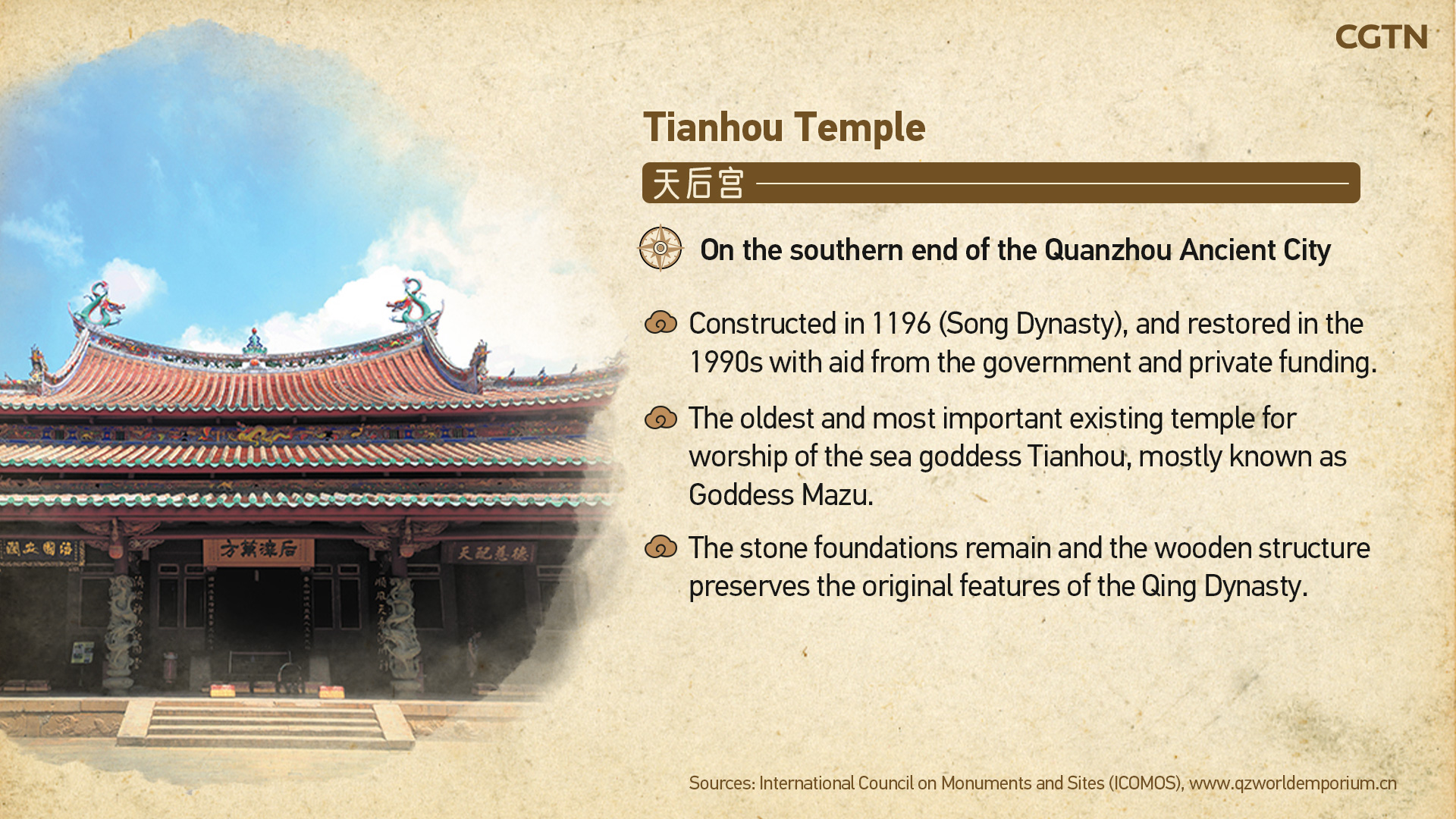
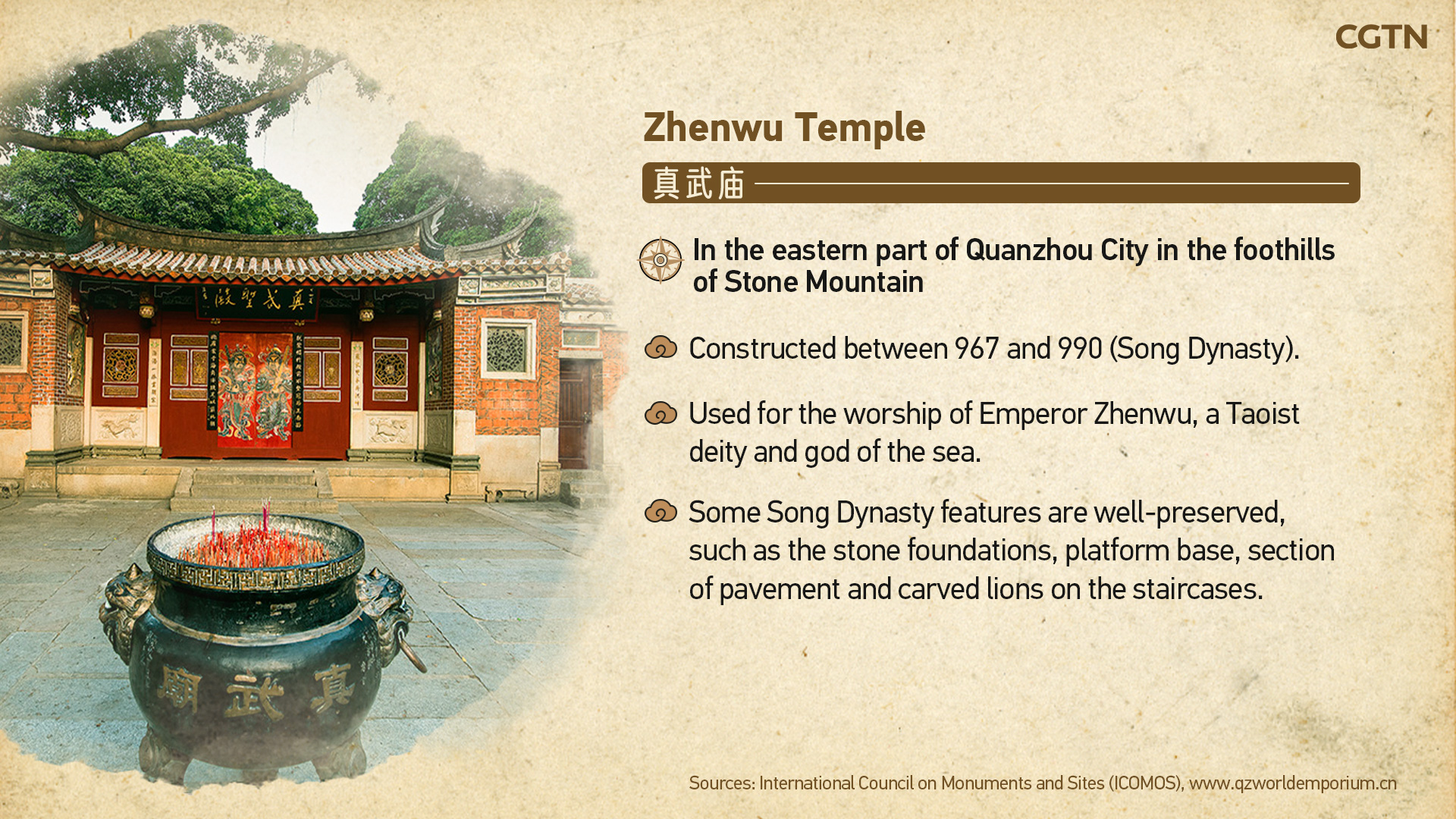
Quanzhou has rich cultural legacies representing people's sea god beliefs and traditions that are rooted in the Chinese myths and passed down by generations, as well as great remains of the ancient sea trade government agencies.
The imperial official trade institutions run by the state regimes during the Song and Yuan dynasties, along with local sea god beliefs, formed an effective institutional system, which was necessary for the port of Quanzhou to thrive as a maritime hub.
Multi–cultural communities
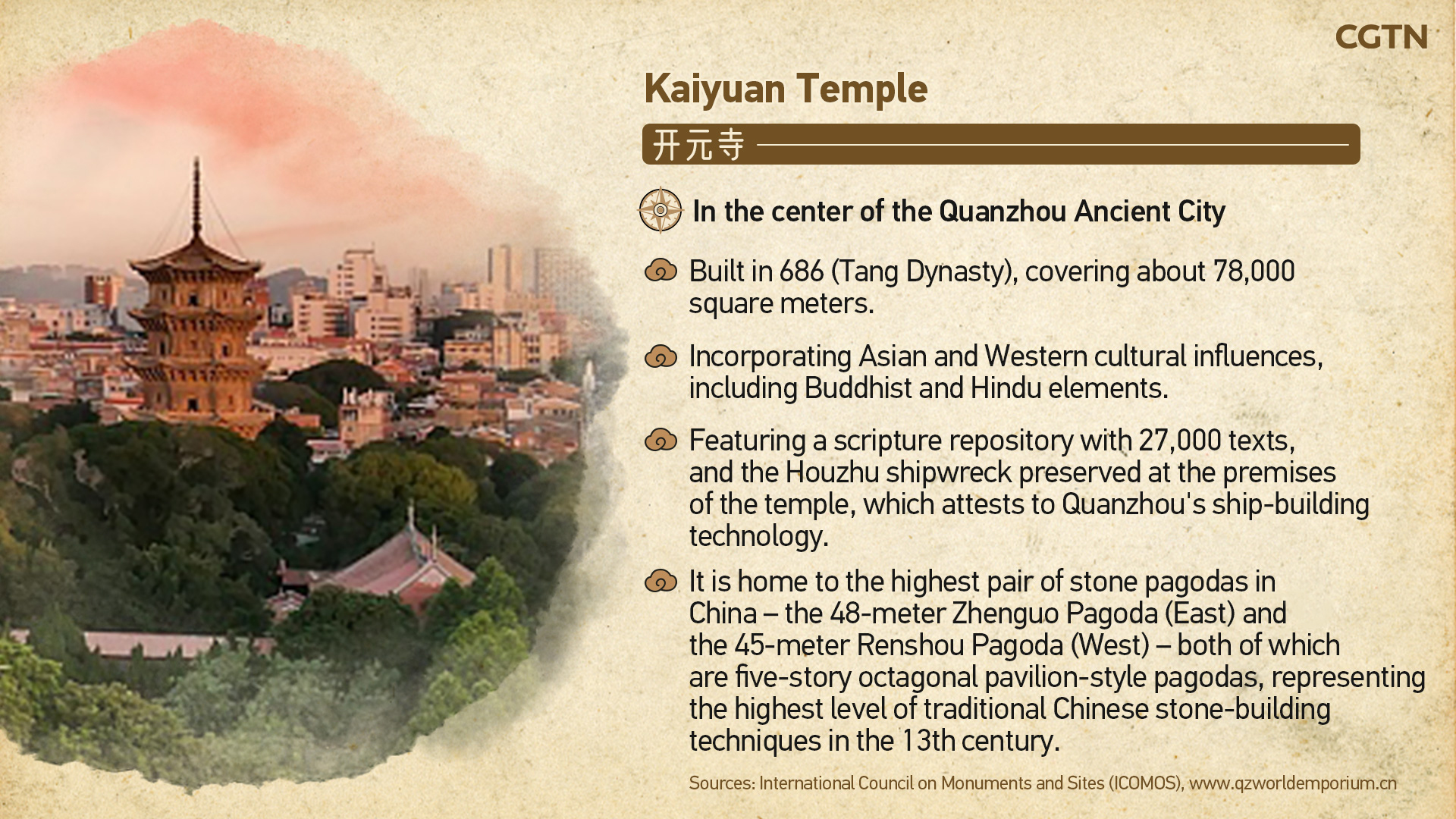
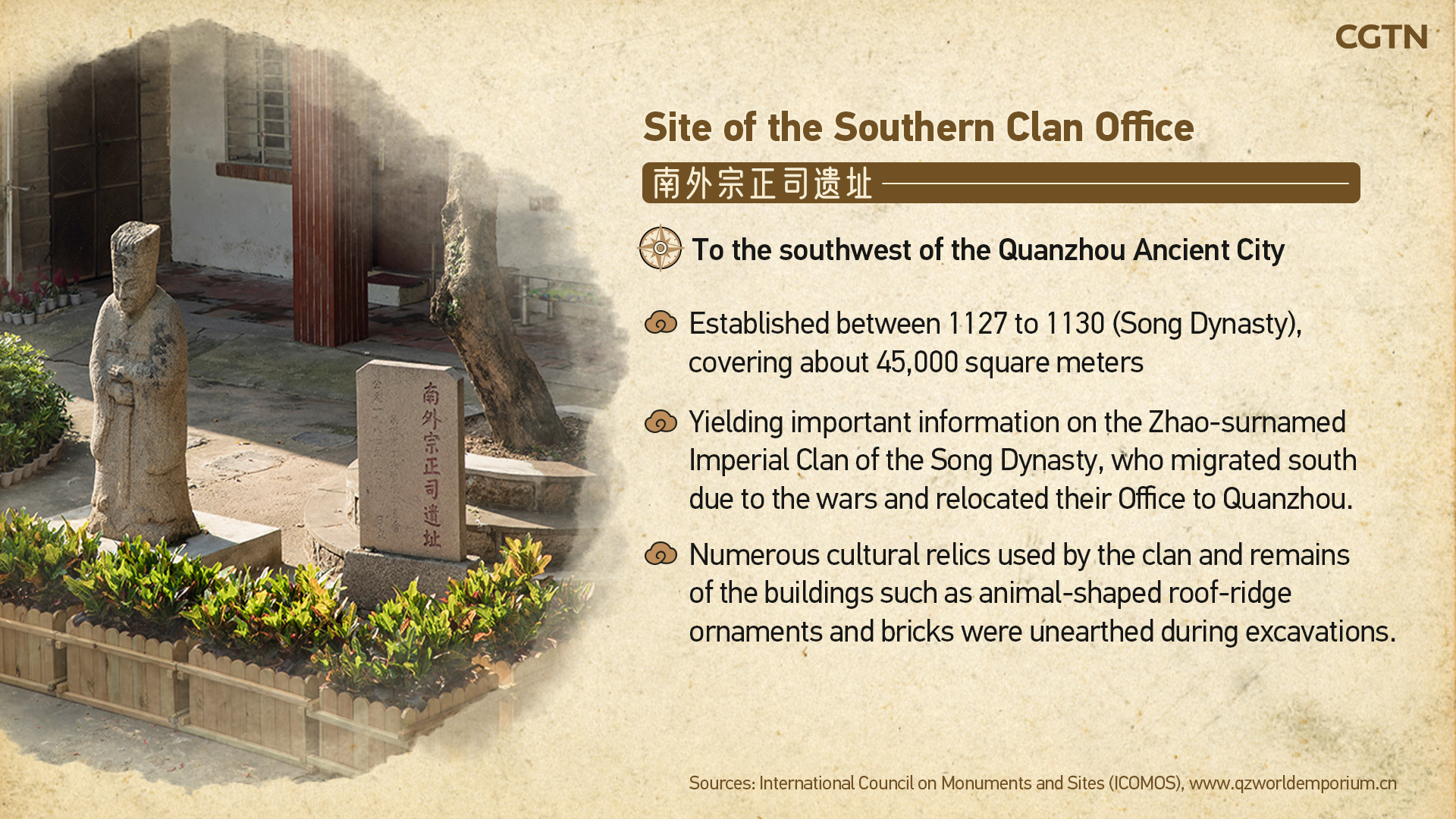
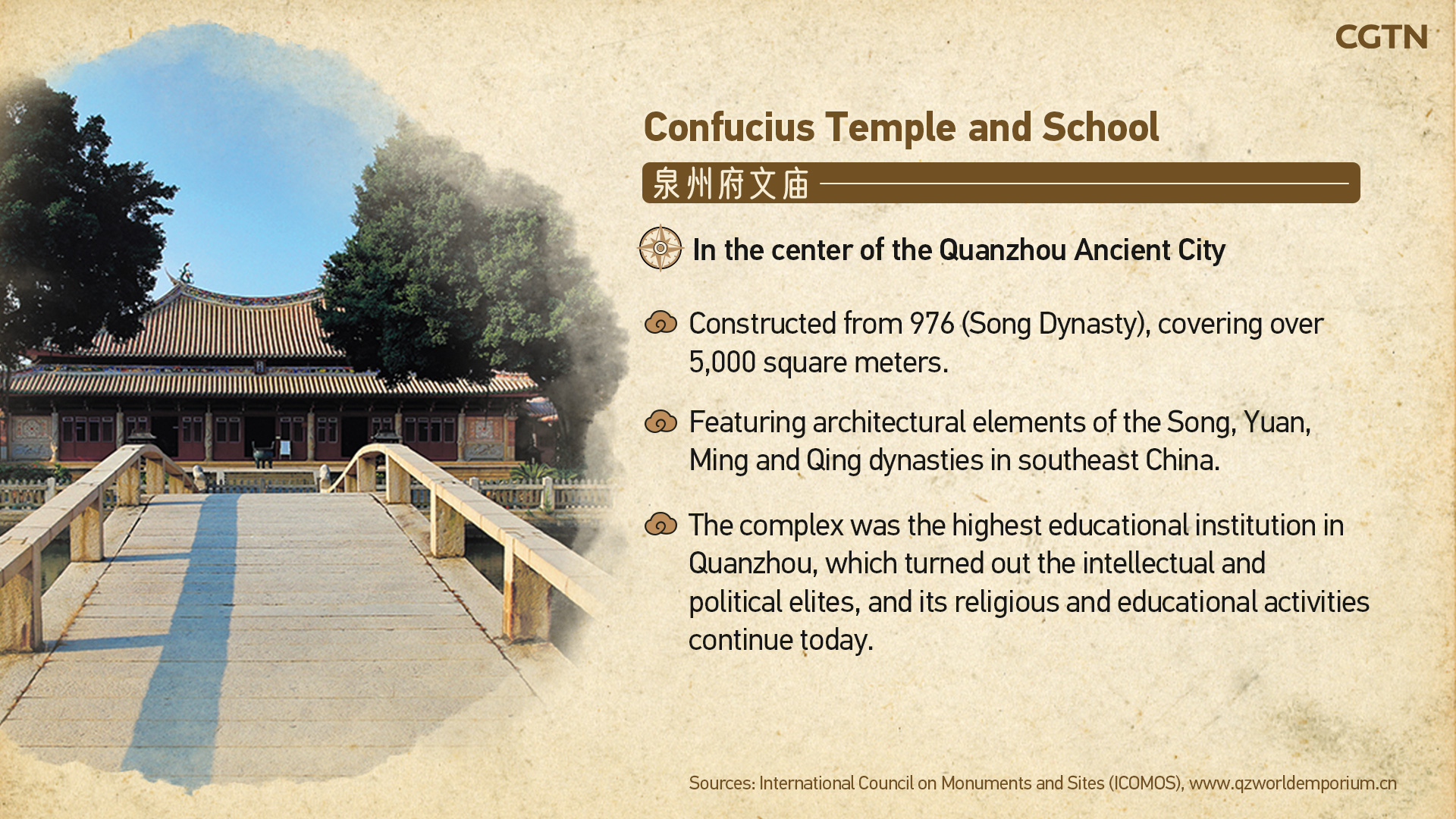
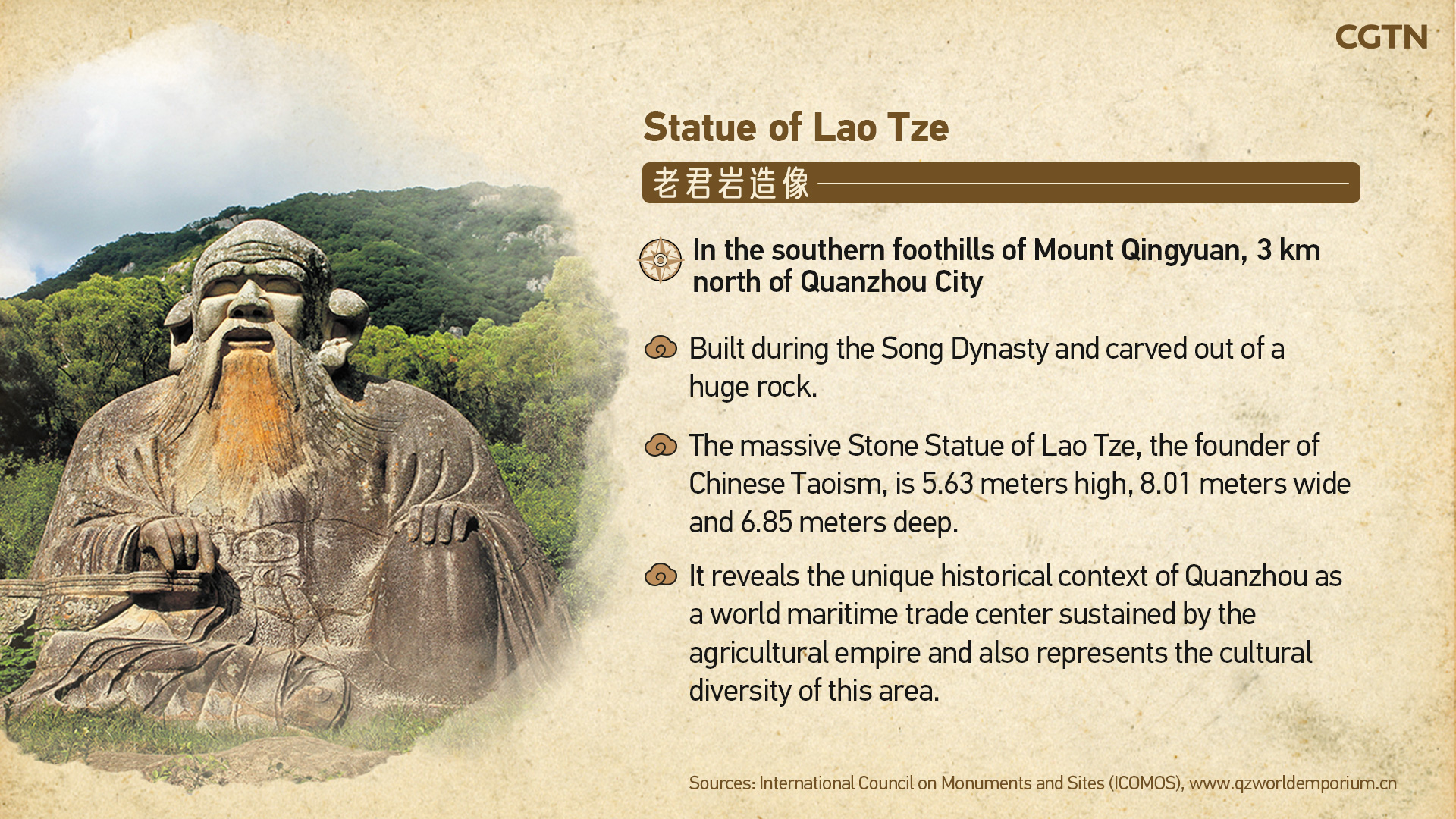
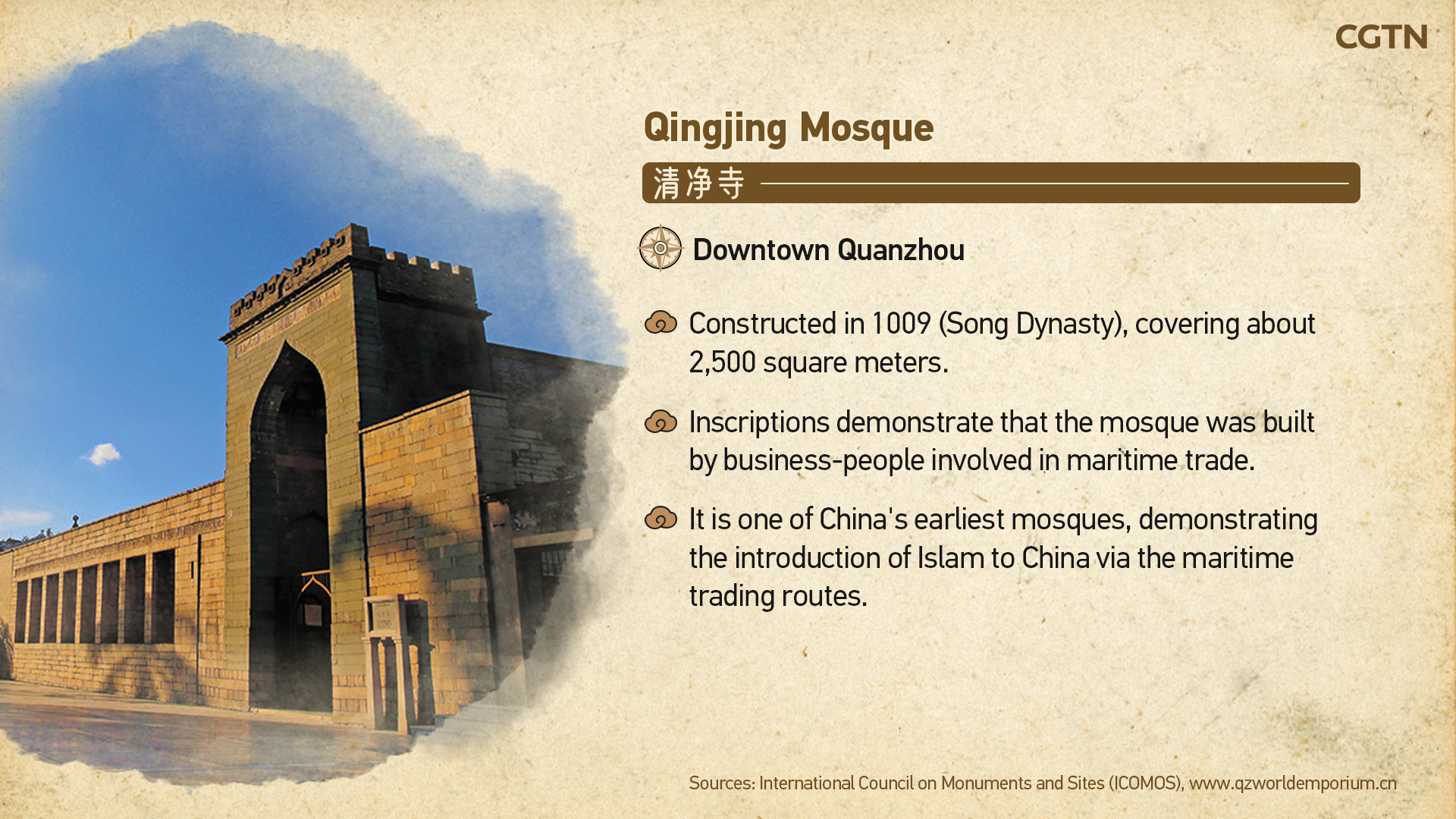
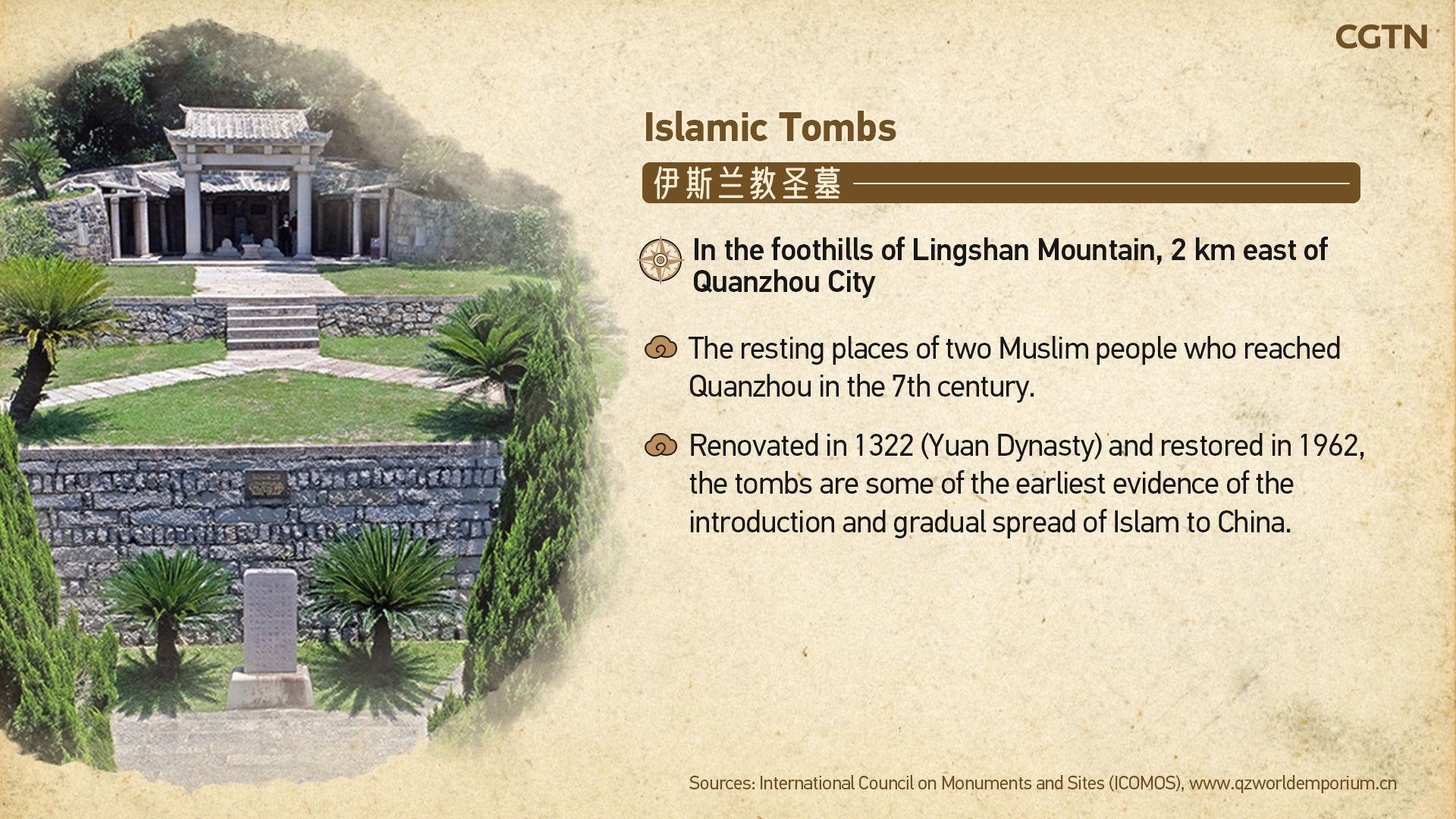
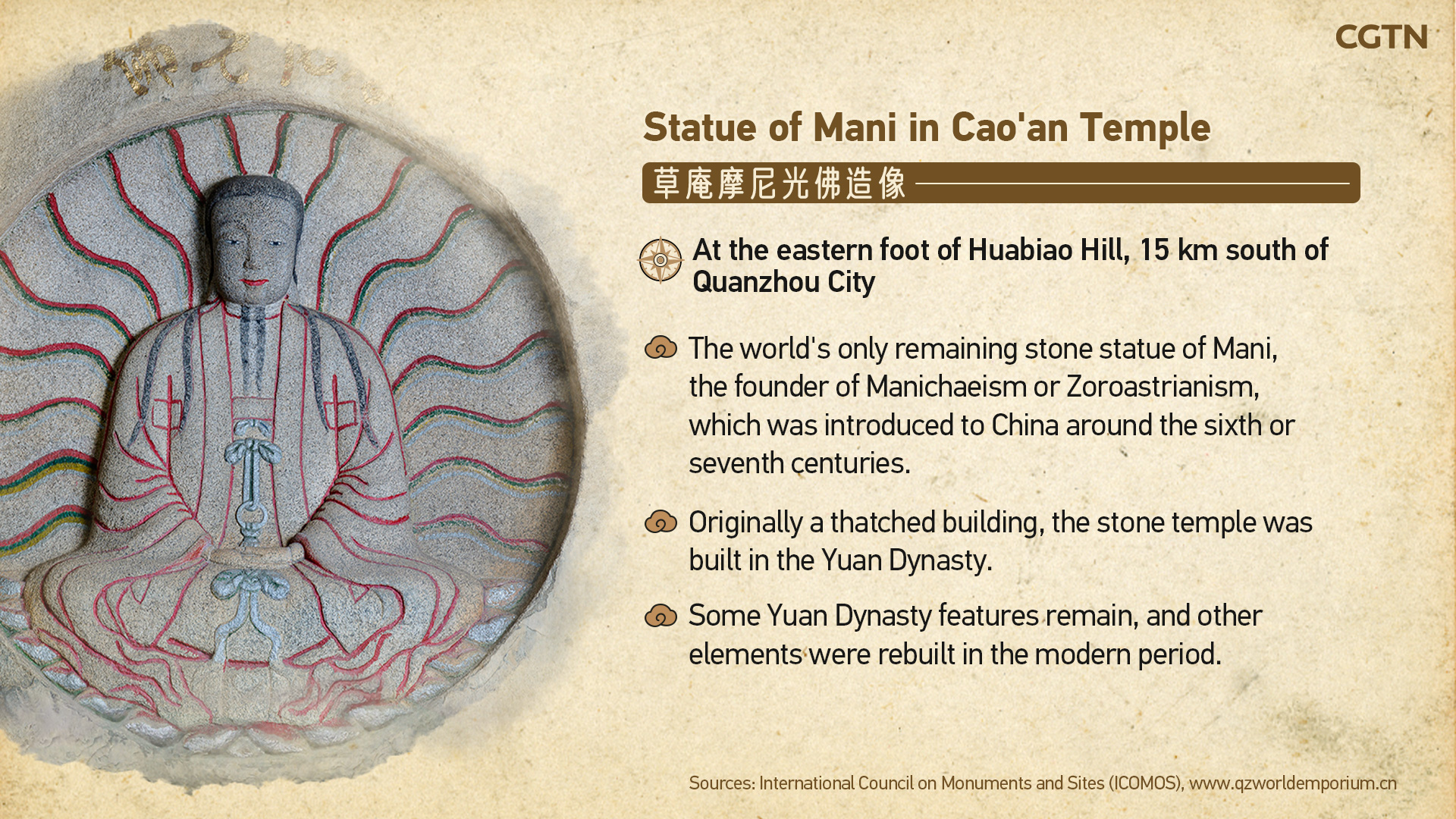
The ancient port city was also home to multi-cultural communities and an exchange hub of diverse religions including Buddhism, Islam and Manichaeism, which contributed to the flourishing of Quanzhou as a maritime emporium.
Numerous cultural relics and religious sites not only provide magnificent local cultural background, but show the cultural exchanges between Chinese traders and foreign merchants from the countries along the Maritime Silk Road through Indian Ocean and western Pacific in their prosperous period of commercial trade.
Production sites
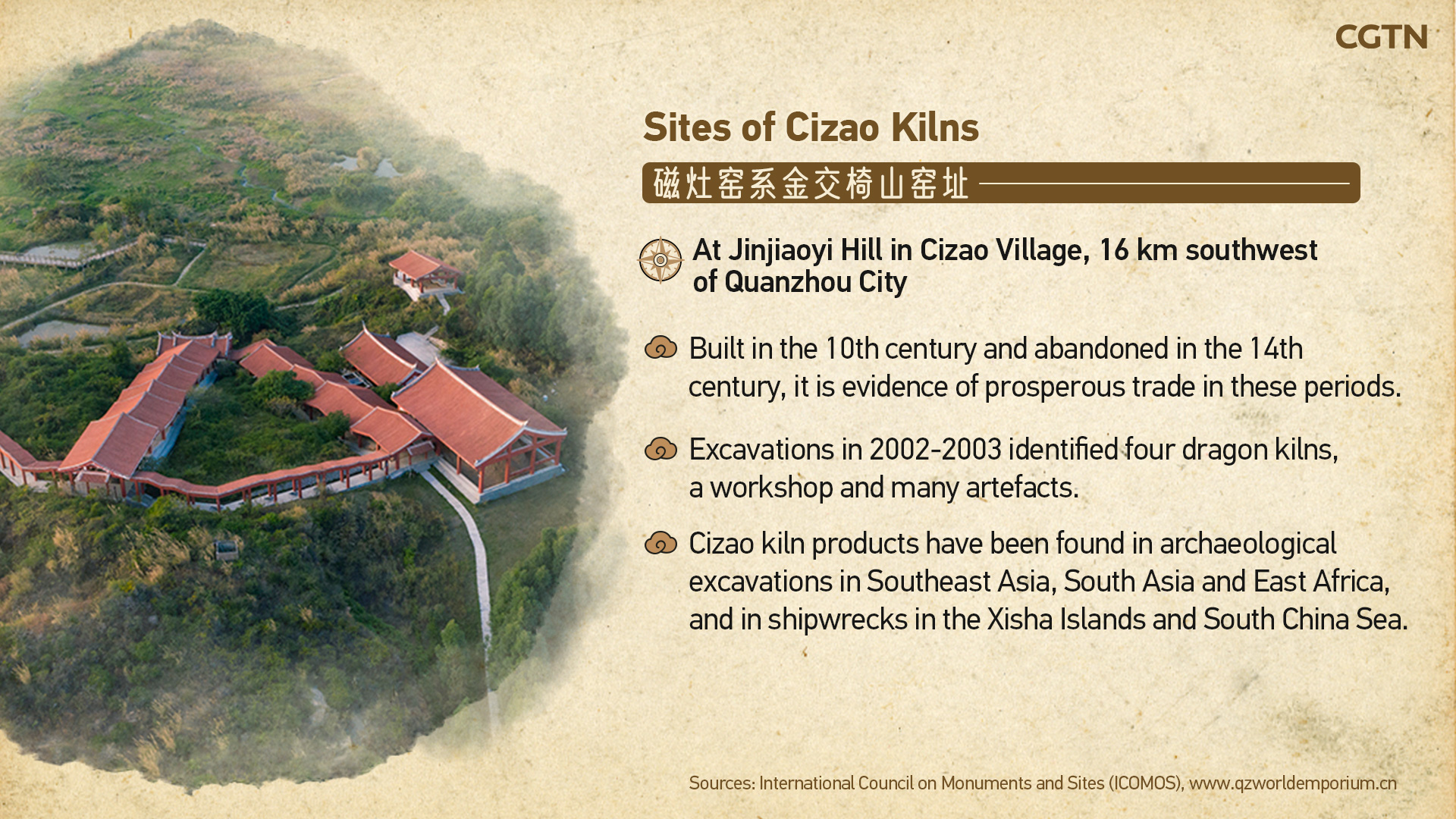
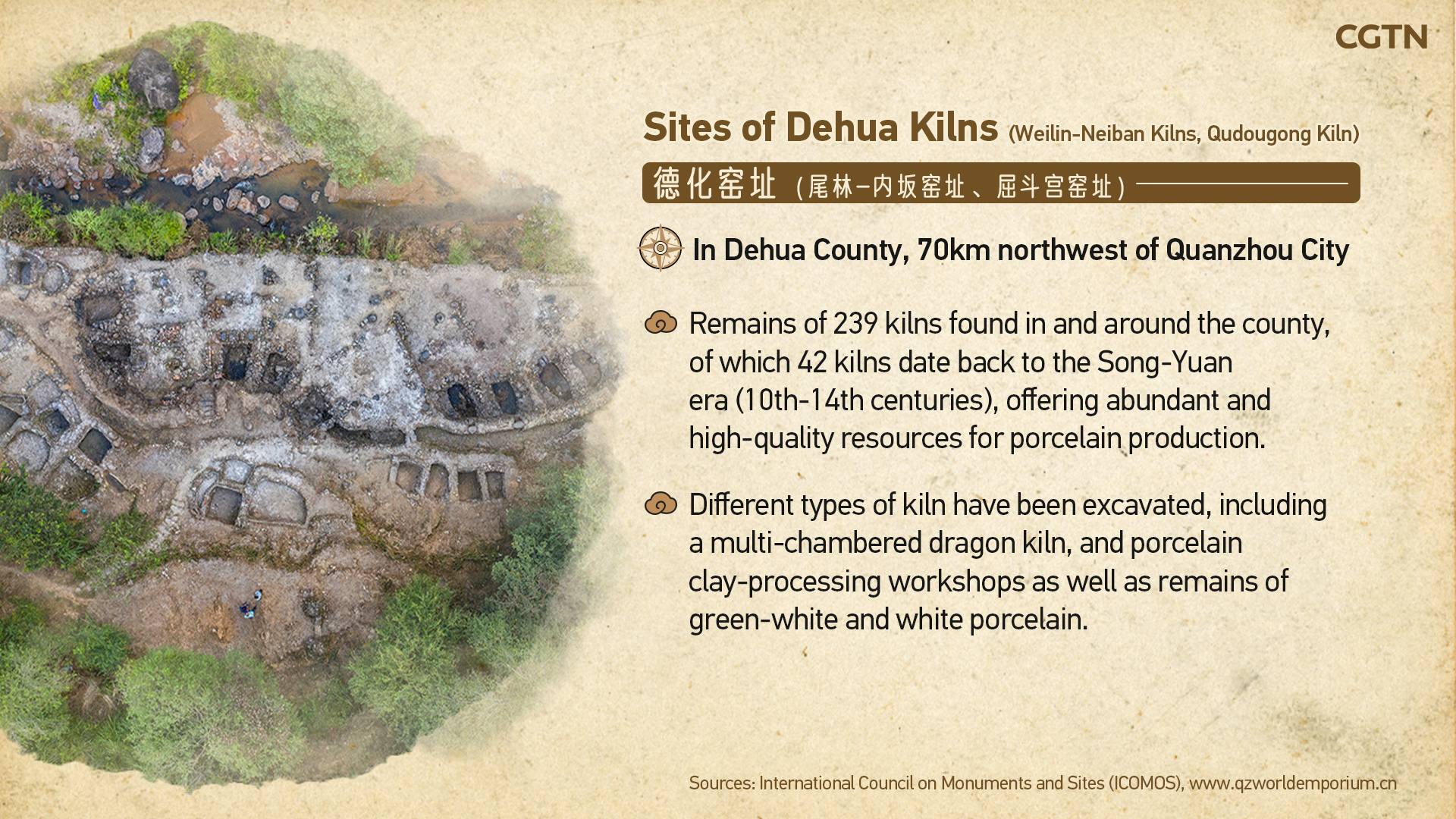
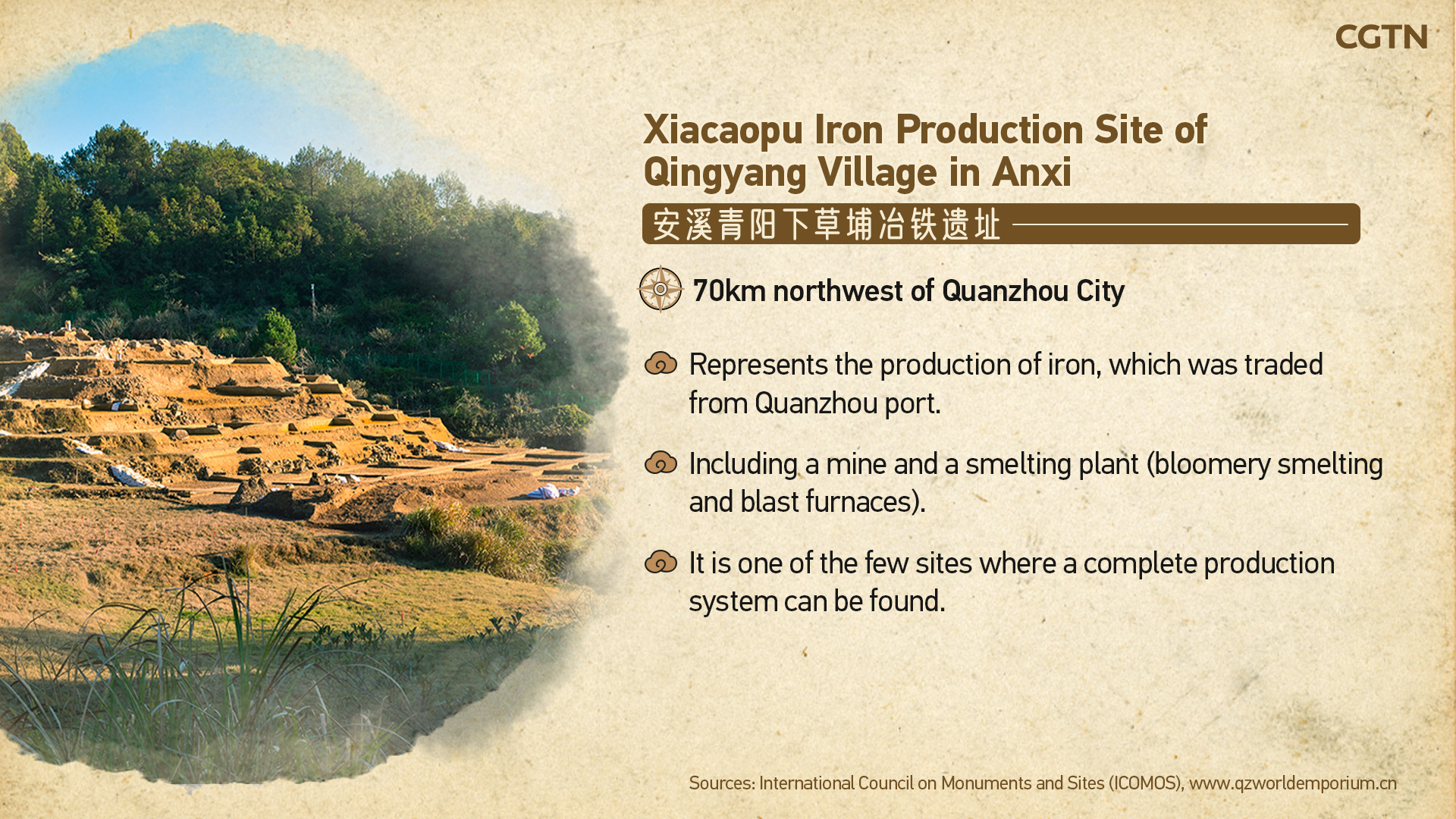
Hundreds of production sites are situated across the Quanzhou City, where a great number of cultural relics and artefacts were unearthed, showcasing its capacity to produce large volumes of commodities that could be sold overseas. The main export products included silk, cloth, porcelain, ceramics, copper, iron, silver and gold.
Transportation network
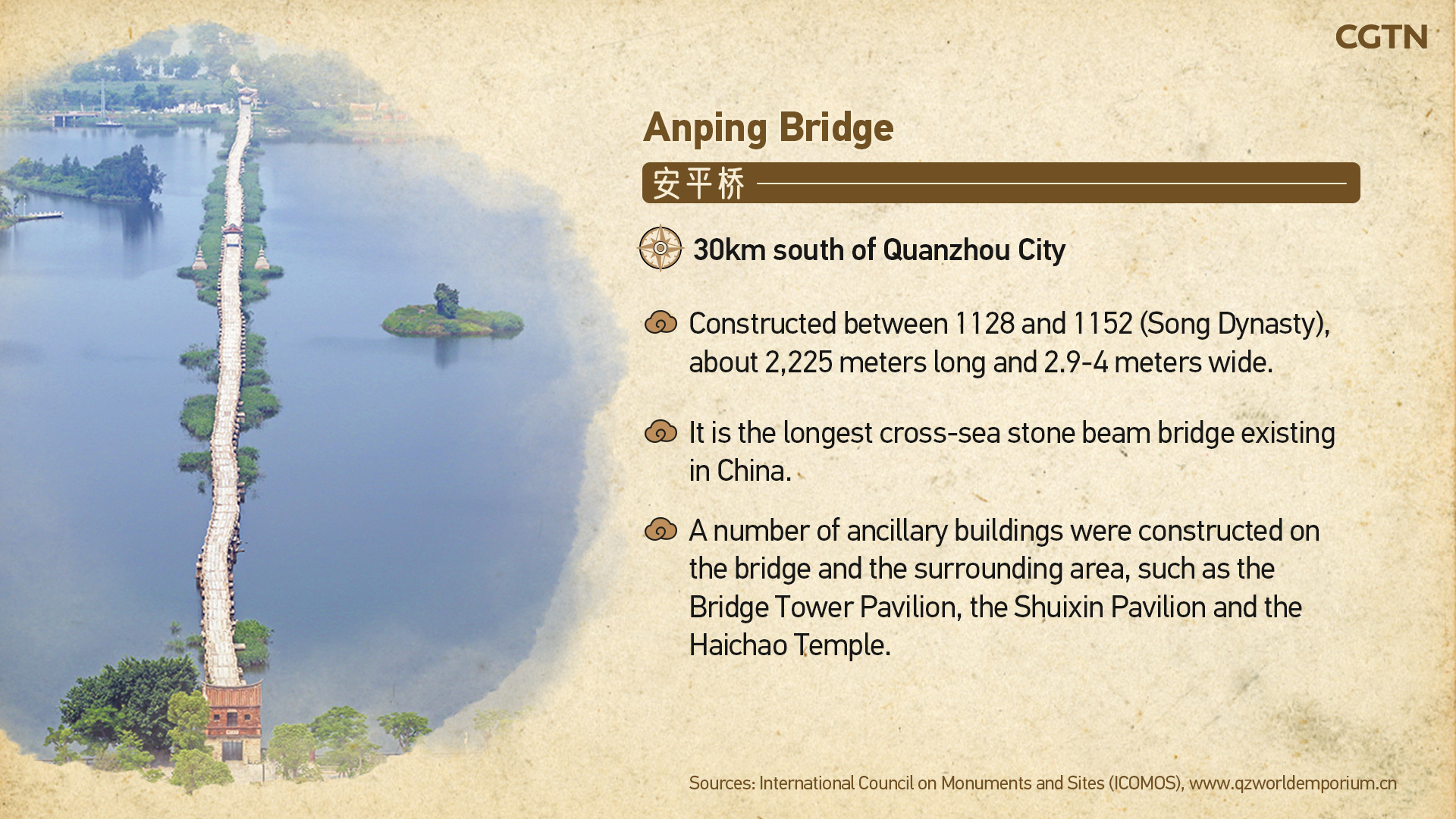
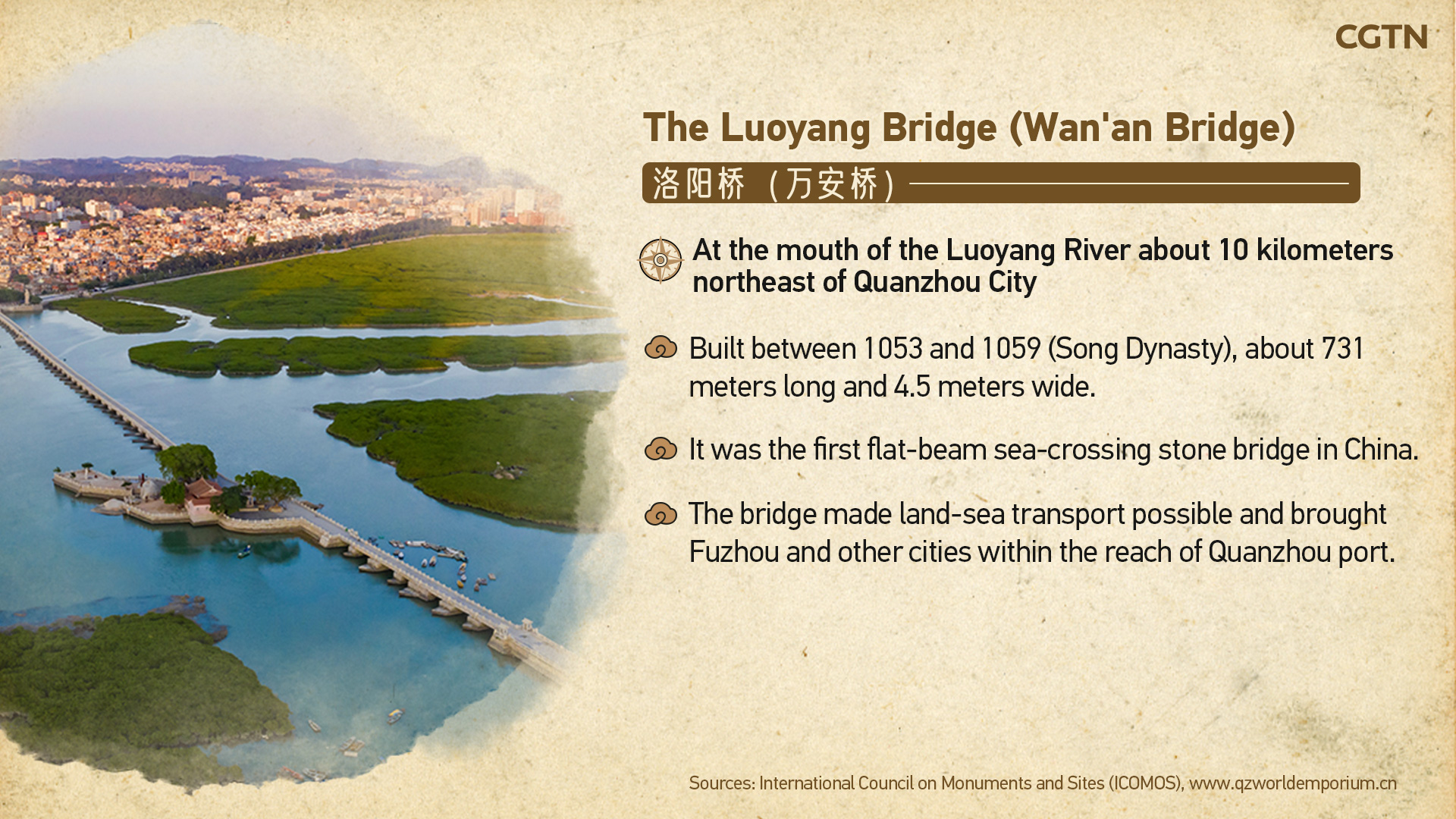
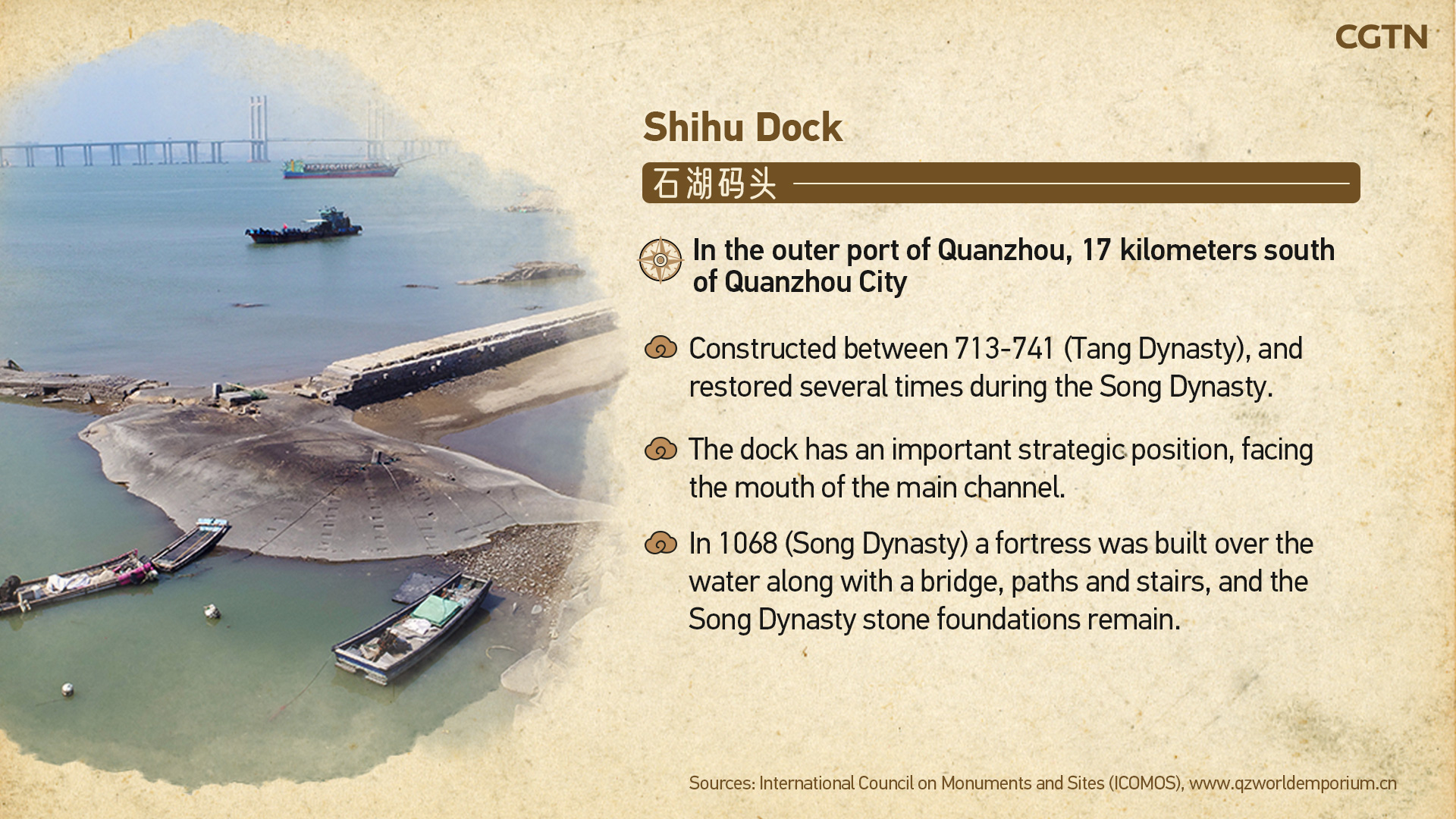
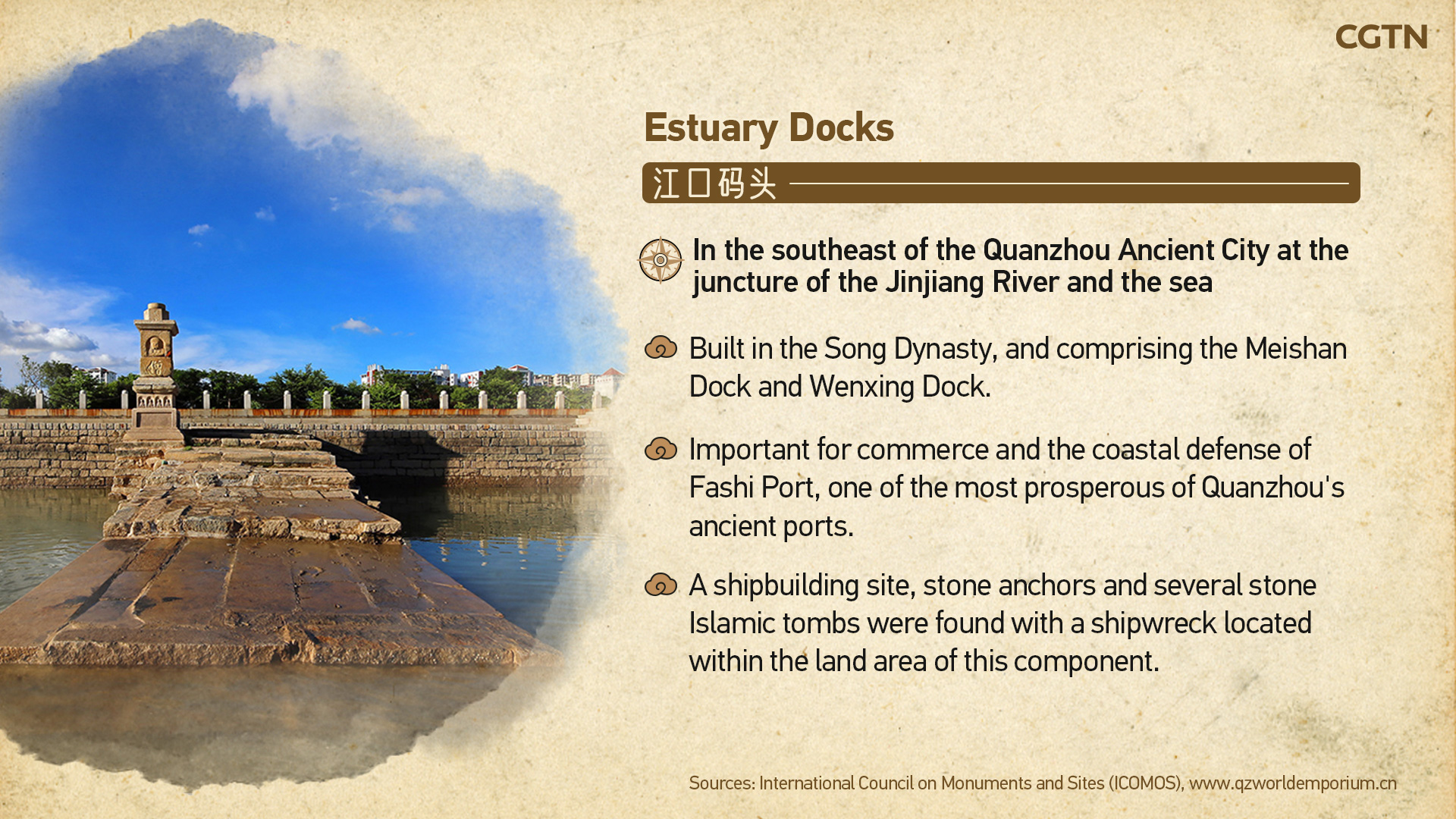
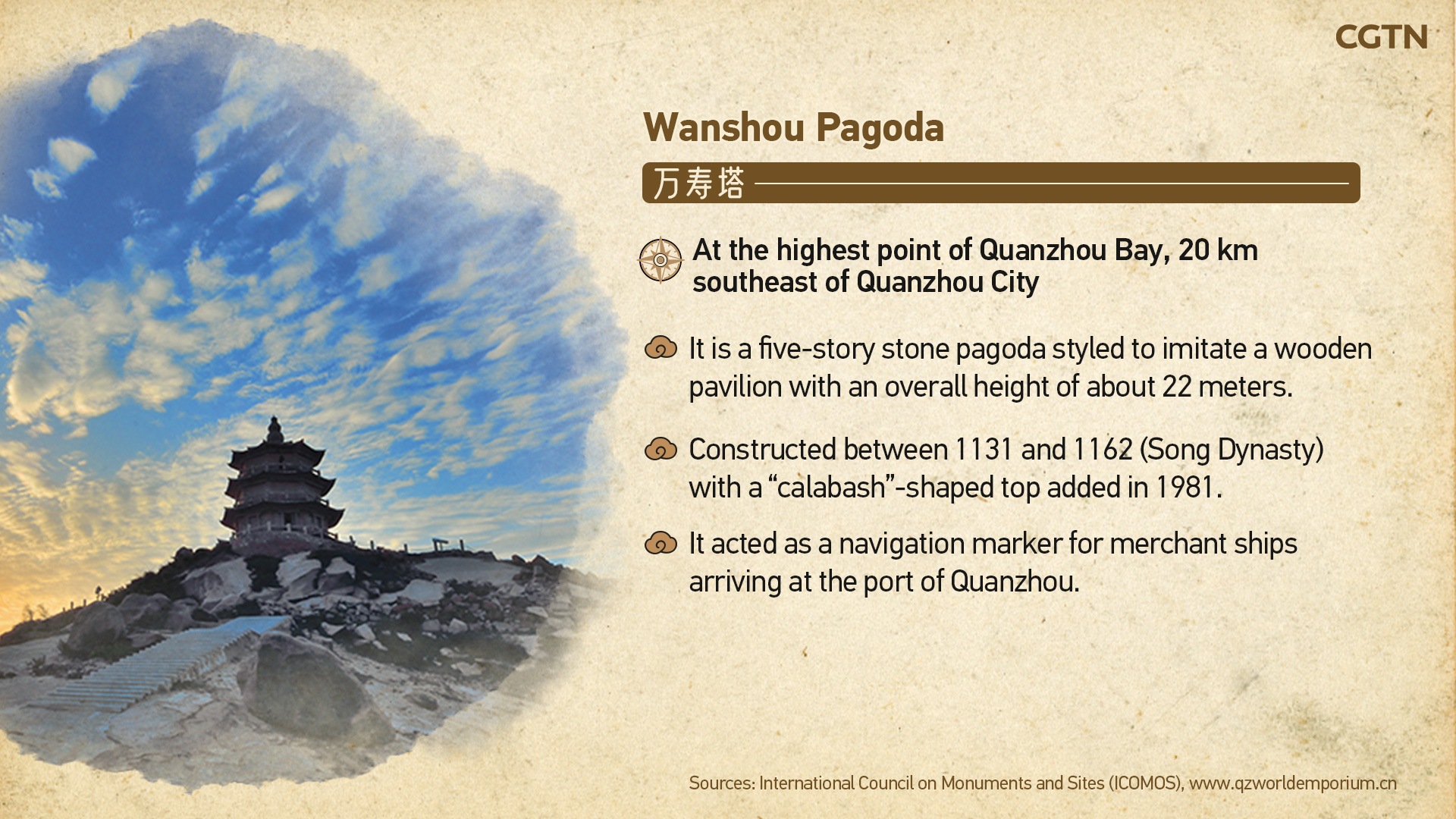
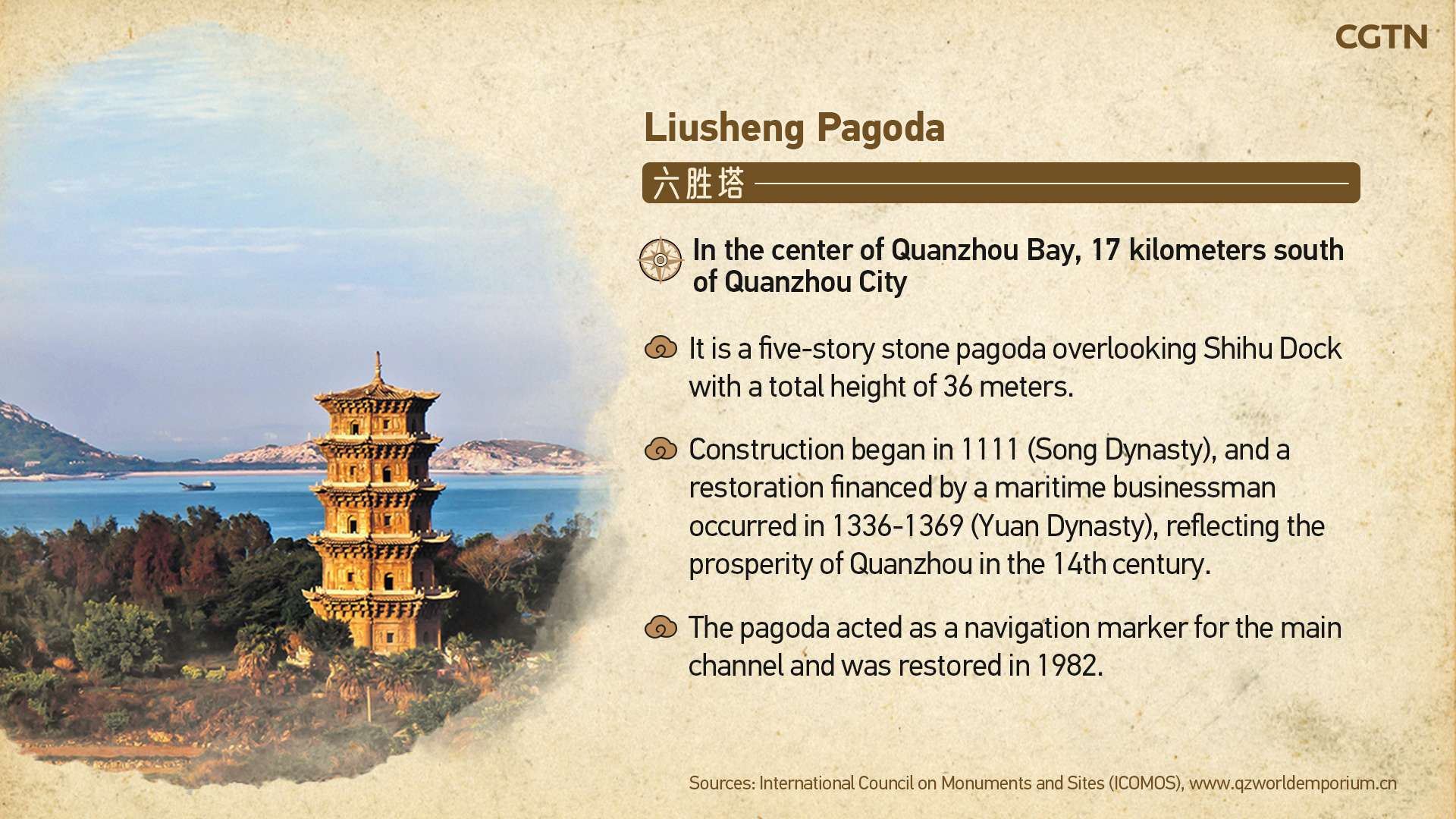
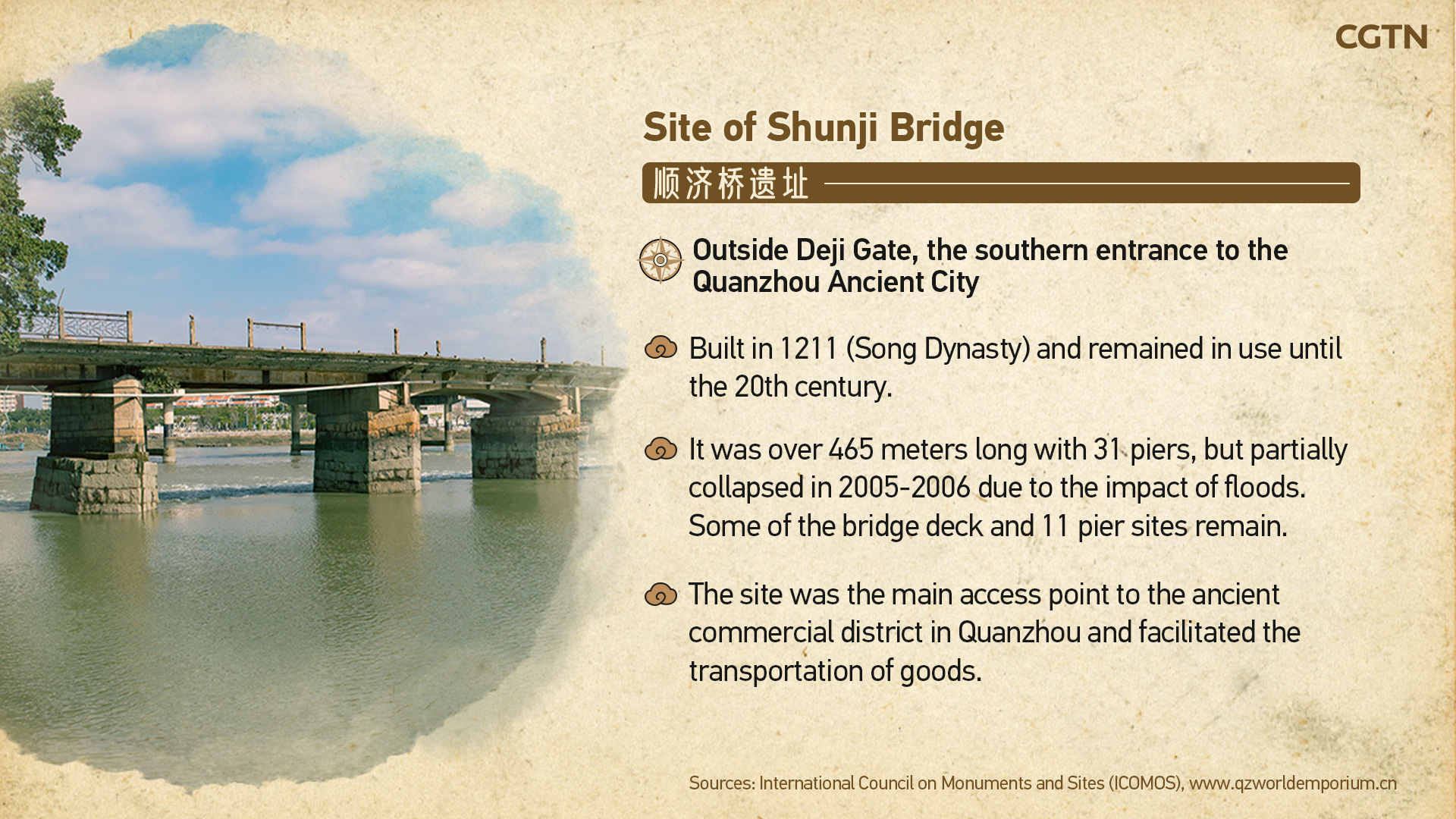
Bridges, pagodas and docks are some of the most significant landmarks in the city, which formed an efficient water-land transportation system that is an indispensable factor underlying Quanzhou's success as a domestic trade center and global maritime emporium.
(Cover image and infographics designed by Liu Shaozhen)
 简体中文
简体中文

